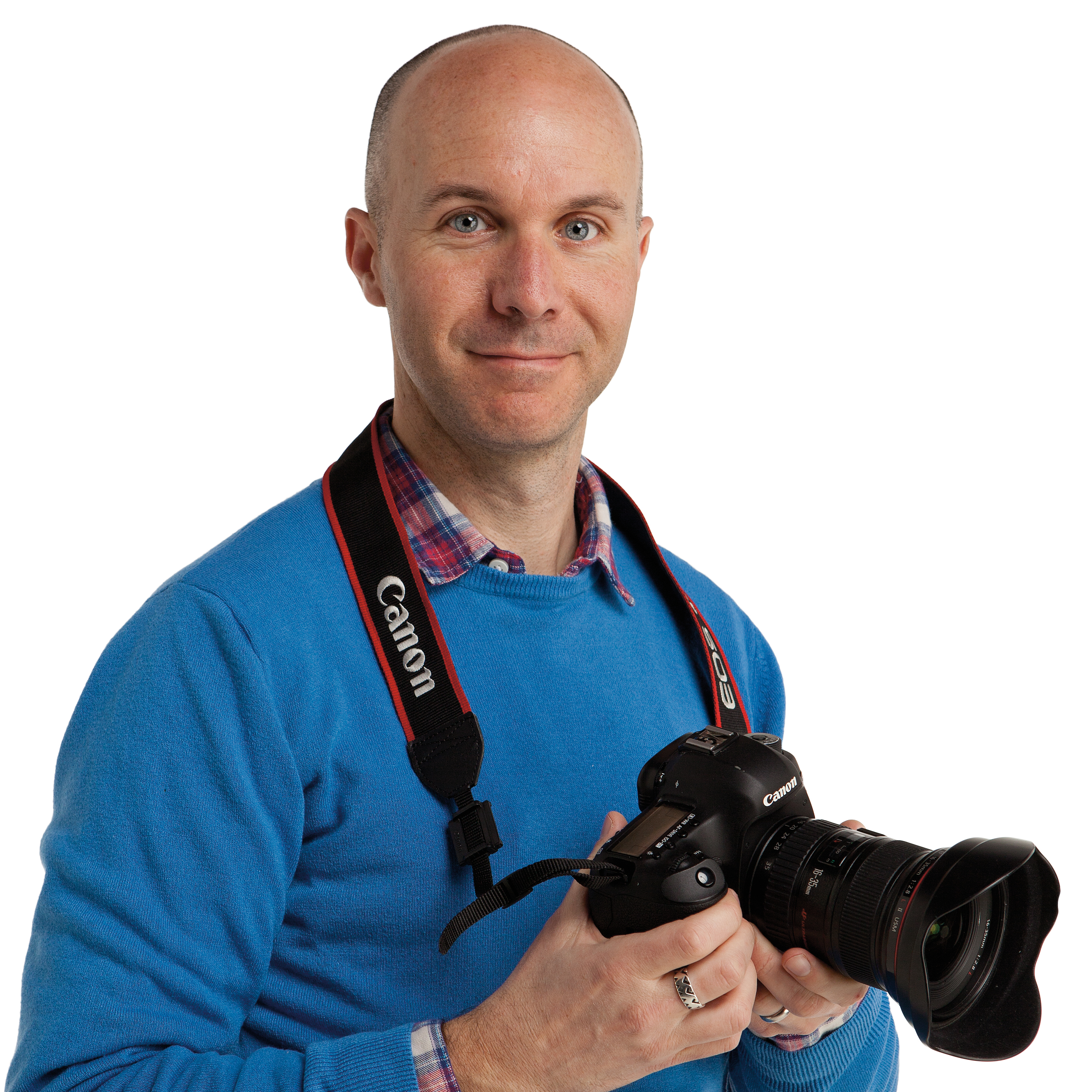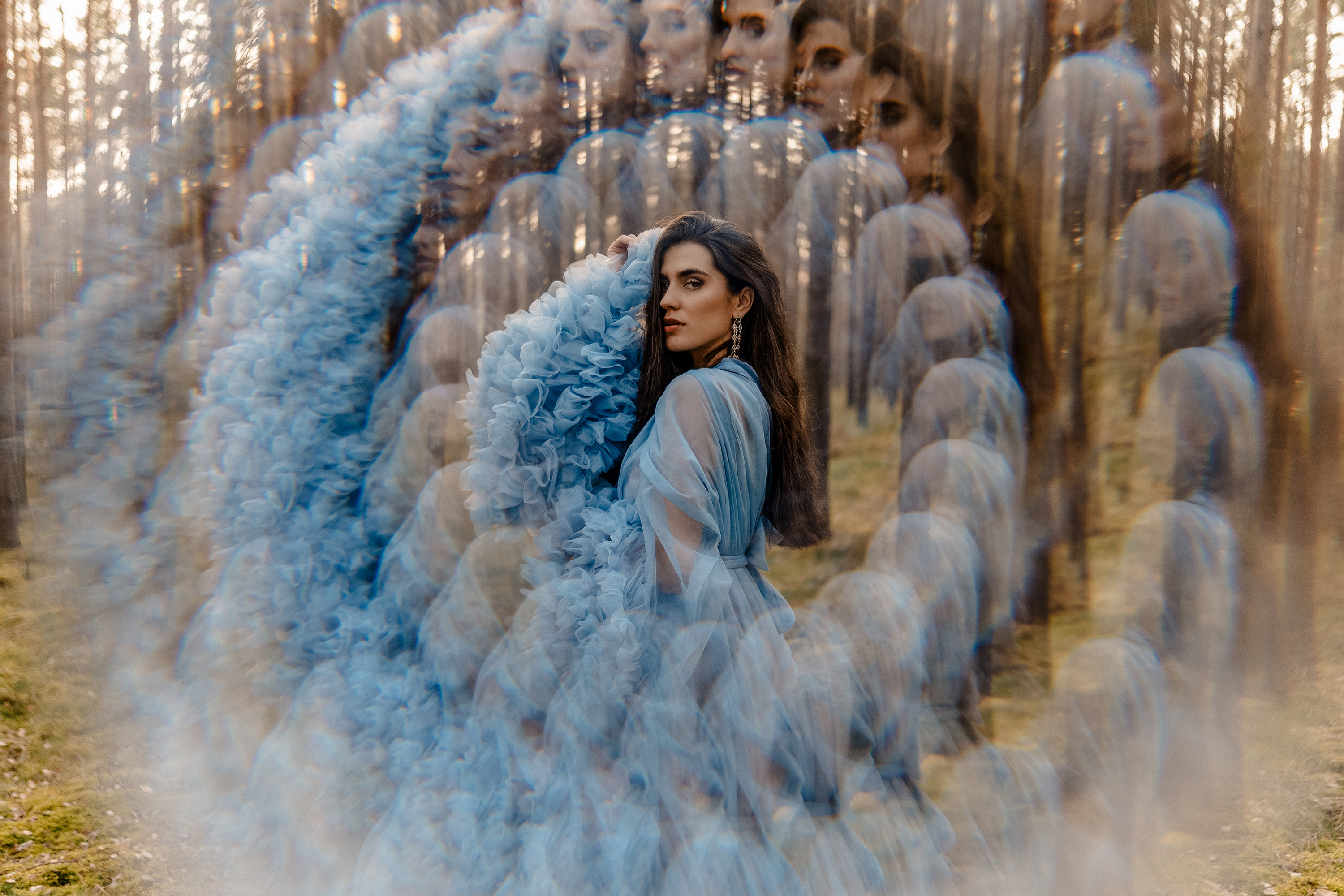Reflections photography: 4 tips to capture symmetry in scenes
Boost your landscape photos as we shows you how to capture remarkable reflections photography in scenes with water
Watch the video: reflections photography tips
In this project we’ll show you how easy it is to enhance a classic scenic shot by including its reflection in surrounding water. So how do you find a suitable lake for these reflection shots? We simply searched for ‘lakes near me’ on Google Maps, and then checked out their images, looking for small, clear lakes with nice scenery and a building to contrast with surroundings.
Prior Park in Bath near Digital Camera World HQ was ideal! Avoid dirty, big lakes as they won't reflect your scene due, to the murky color of the water, plus they will be more susceptible to ripples as they're so much larger.
For our photos of the reflection of the Palladian Bridge in Prior Park, we were shooting in the morning for the least amount of wind. We had to wait for any breezes to pass for water to settle for the best reflections. The clearer, and smoother the water, the better the reflections..
• Read more: Photography tips
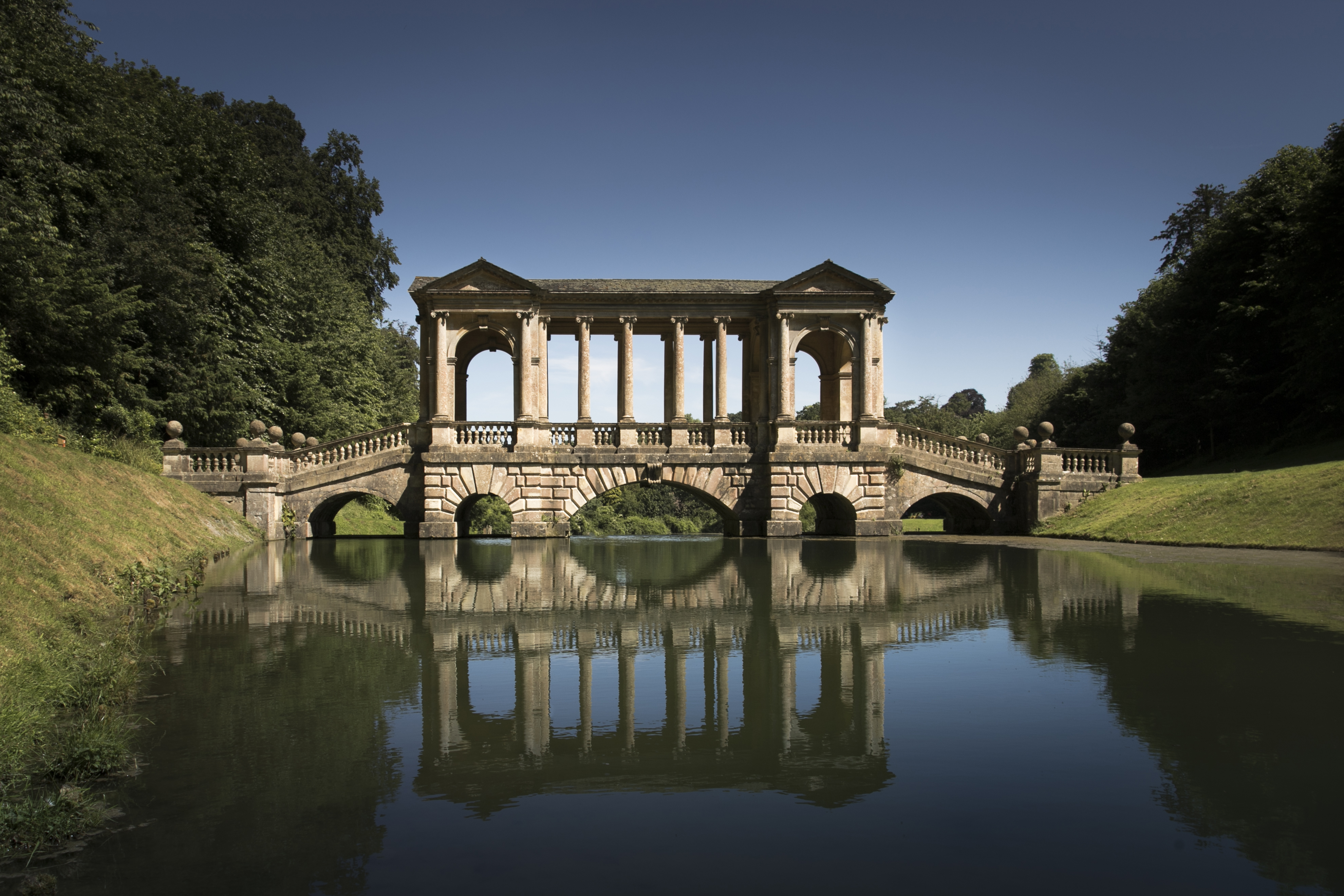
So, which camera kit and lens filters do you need for these types of shots? This is the easy part – you can use any camera and kit lens or standard zoom lens! You also don’t need to use any filters. In fact, if you used a polarizer, this would reduce the reflections to see the lake bed beneath, which is the opposite of what we’re after here.
The main techniques to use for these shots are a fairly wide focal length (around 18mm to 35mm) and narrow aperture around f/11 – together, this will capture a good depth of field so your whole scene and reflection is nice and sharp. Then you just need to compose for a symmetrical shot.
The best camera deals, reviews, product advice, and unmissable photography news, direct to your inbox!
To further enhance our scene and reflection, with our Raw image open in Adobe Camera Raw (or Lightroom), we added a grad filter on the sky, and another blue grad filter on the lake to make the water bluer, which matches the striking blue sky being reflected. These filters also draw the eye to the centrepiece – the bridge and its reflection below.
01 Smooth water = better reflections
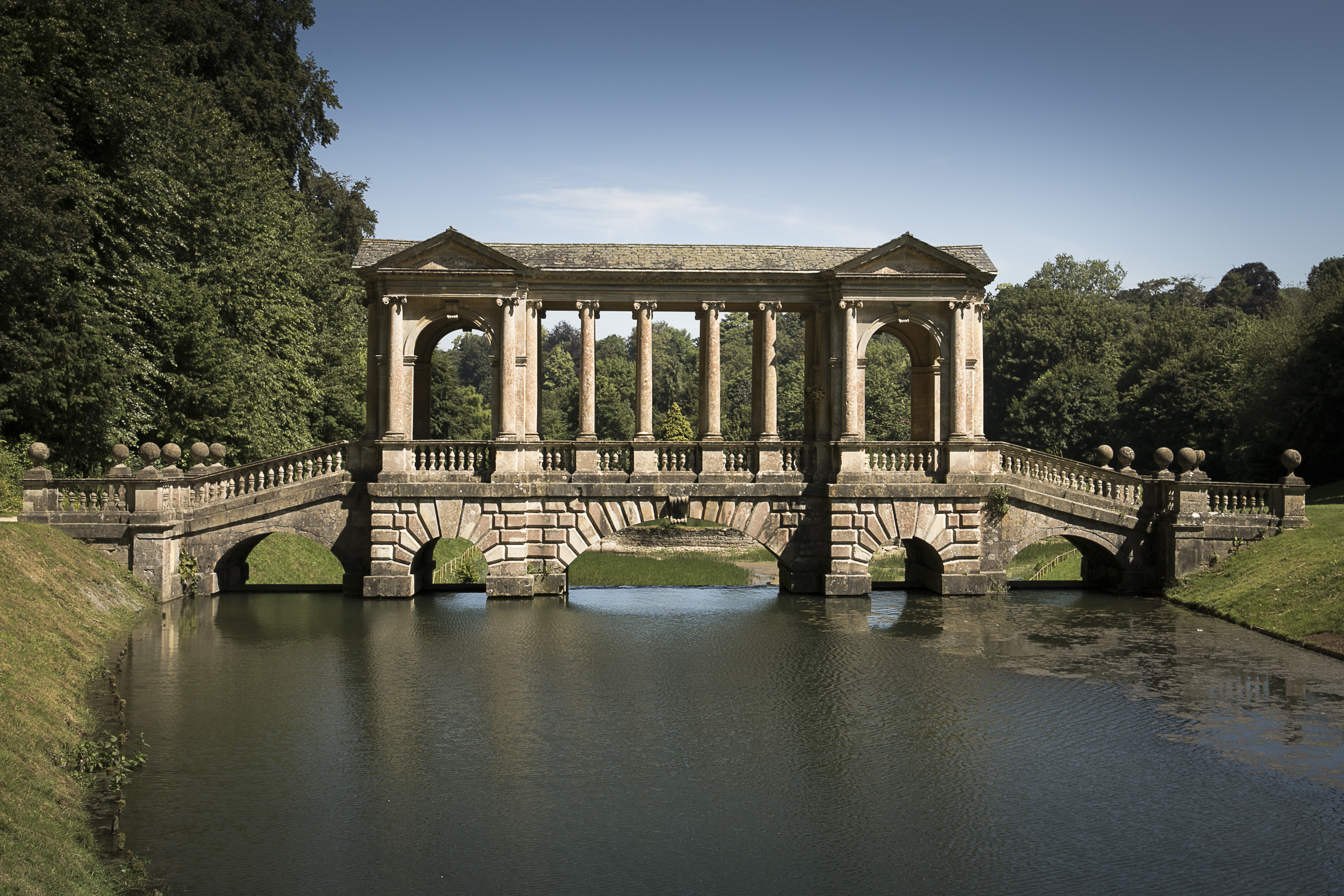
You want a sheltered lake that’s protected from wind. Smoother water equals better reflections – so a still day, with clear blue sky, and with the water and whole scene evenly lit. For our shot of the Palladian Bridge in Prior Park, we still had to wait for breezes to pass for water to settle for the best reflections.
02 Large depth of field

For these shots, we need a large depth of field. We've used a Canon EF 24-105mm f/4L lens, zoomed in at 35mm from across the lake, but any DSLR or mirrorless and kit lens will do. This focal length, along with a narrow aperture of f/11, has created a large depth of field so the reflection and bridge scene behind, are all in focus.
03 Go low
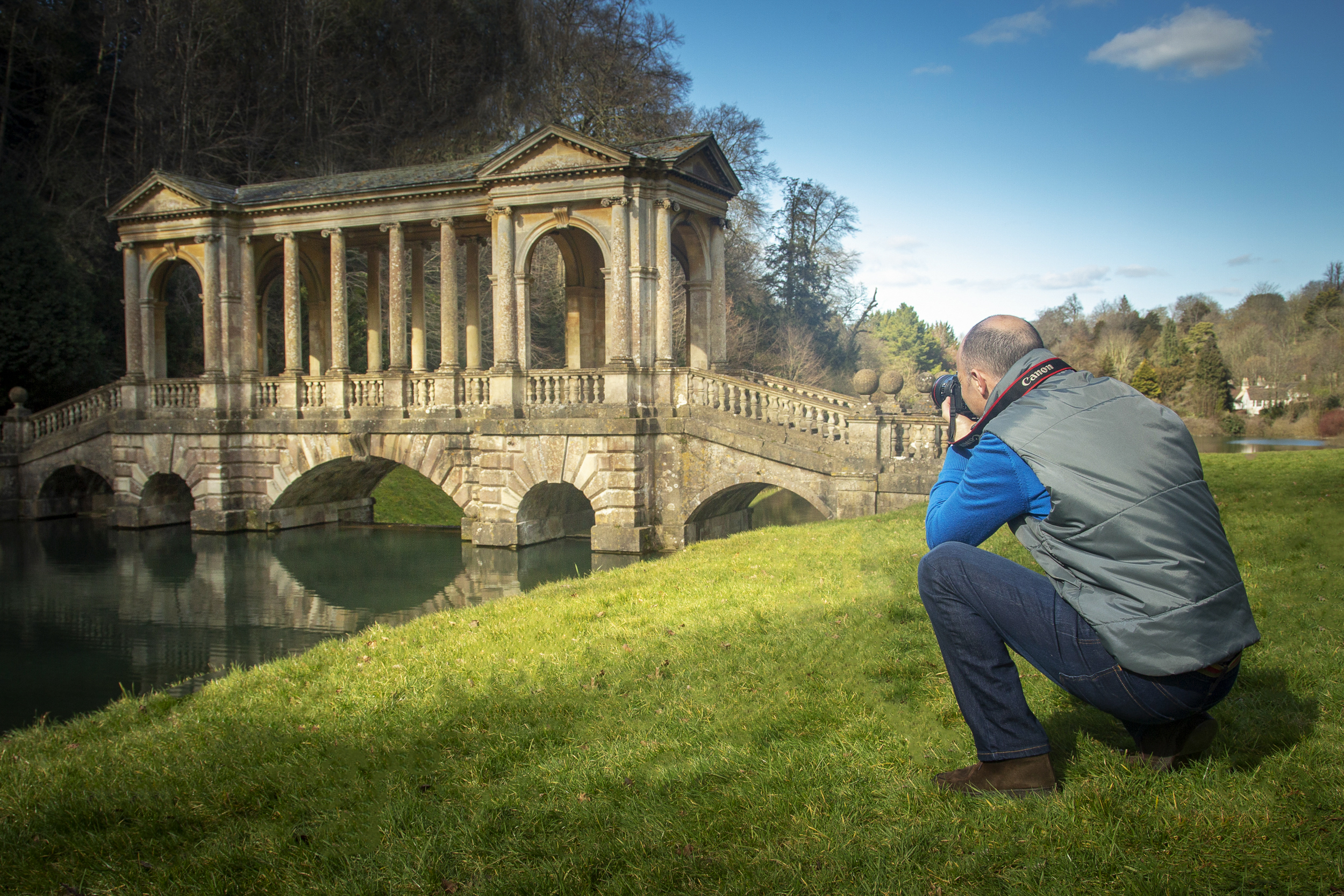
We’ve focused on the bridge here as this is what we want to appear sharpest in the shot. Getting down low and near the water’s edge will maximize reflections, and minimize anything distracting in the surrounding scene that could lead the eye away, or disturb the symmetrical composition.
04 Reflections in wildlife
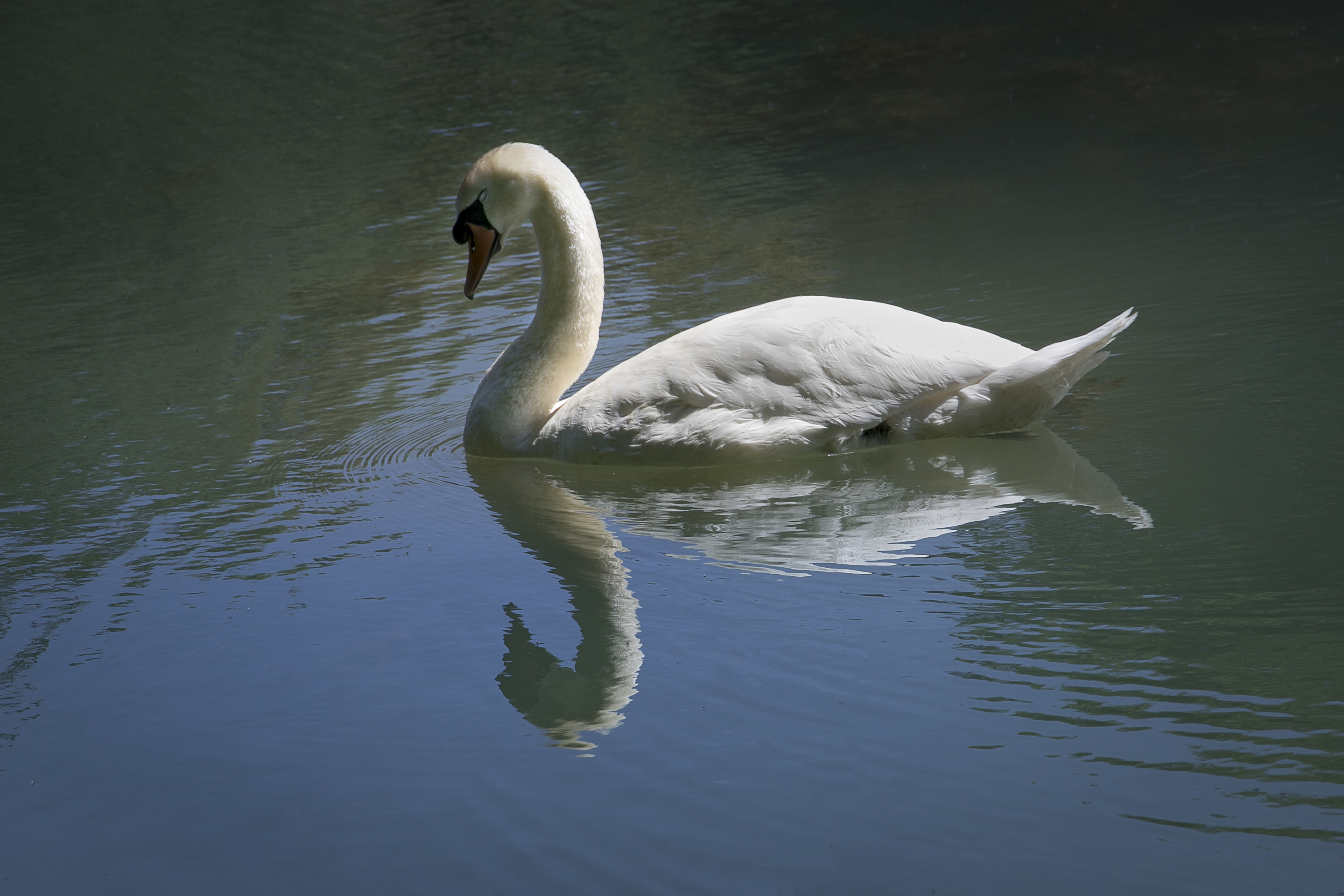
Also look out for birds, such as swans, on the water for some nice reflection images. We’ve also shot some creative reflections by using our smartphone camera and getting very low to the ground and using puddles on the streets – after a downpour, followed by sunshine – with some great results. There are photographic opportunities everywhere!
More videos:
Photography tips and techniques videos
Shoot great waterfall photos by using a slow shutter speed
Landscape photography composition: cheats to create effective frames
The former editor of PhotoPlus: The Canon Magazine, Peter has 18 years of experience as both a journalist and professional photographer. He is a hands-on photographer with a passion and expertise for sharing his practical shooting skills. Equally adept at turning his hand to portraits, landscapes, sports and wildlife, he has a fantastic knowledge of camera technique and principles.
He is the author of several published photography books including Portrait Photographer's Style Guide, and The Complete Guide to Organising and Styling Professional Photo Shoots with fellow portrait pro Brett Harkness.
Peter remains a devout Canon user and can often be found reeling off shots with his Canon EOS DSLR and EOS R mirrorless gear. He runs Peter Travers Photography, and contributes to Digital Camera magazine.
